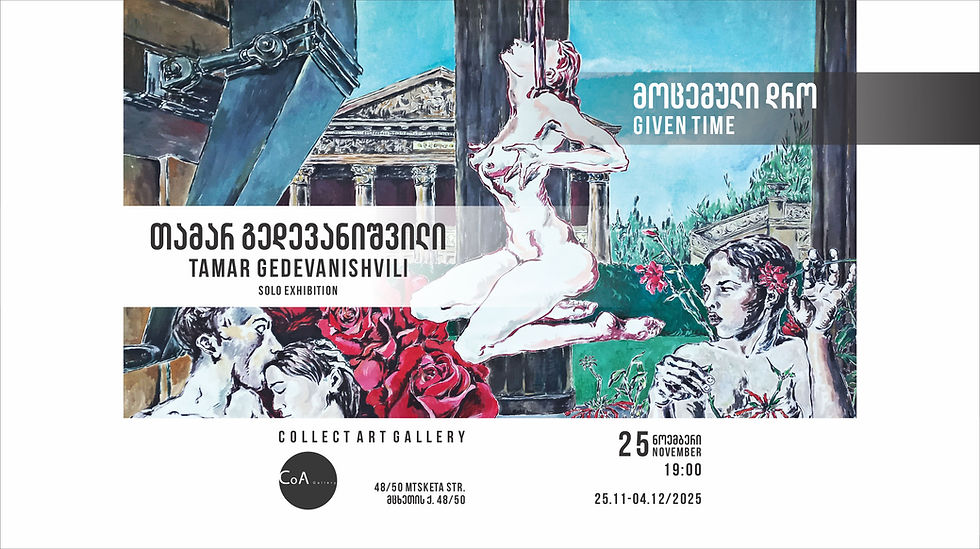Lewis Andrews/ Autumn Issue
- Tamar Khelashvili
- Sep 7
- 3 min read
Lewis Andrews moved to Leeds in 2016 to study a BA(Hons) in Fine Art at Leeds Arts University. After graduating in 2019, Lewis continues to work in Leeds. In 2022, Lewis completed his Postgraduate Fine Arts Degree also at Leeds Arts University, graduating with a Masters Degree in the Creative Arts. During his Master’s Degree, Lewis’s practice became deeply focused on the methodology of translating information and data from sources within science into artworks. Lewis has continued to work and build upon this method in his work, constructing a theory of working called ‘The Informative Encounter’.
Since 2019, Lewis has participated in 100+ exhibitions across the UK and internationally, with many notable achievements. Lewis held his first solo show '186,000mi/s' whilst studying at Leeds Arts University in 2018 at Wharf Chambers, Leeds, UK. Lewis was one of the artists picked to participate in the Aon Community Art Awards program 2019 running through 2021, with his oceanic sublime photography work displayed in Aon Headquarters, London. In November 2020, Lewis was selected to participate in the Mayes Creative Watching the Sun: Virtual Residency alongside other artists with an interest in astronomy and ancient astrology. Lewis went on to participate in two more virtual arts-science residences with Mayes Creative. Work from the residency was included in a publication that now resides within the Royal Astronomical Society Archive. Lewis joined Mayes Creative once again for their January 2024 residency in the Cot Valley, Cornwall, UK. Lewis has formed strong relations with the Brazilian art organisation Artlymix and the Georgian-based gallery Collect Art. As of present, Lewis has featured in 16+ exhibitions with Artlymix in Sao Paulo, Brazil and 12+ of Collect Art's publications & Digital exhibitions as of July 2024, to name a few of his achievements. Lewis continues to work from his studio based in Leeds, UK.
Lewis’s work acts as a conduit between art and science. The supply of information from science fuels the production of visual material, which communicates the knowledge of a scientific endeavour. In short, Lewis’s work focuses on dealing with complex thoughts, ideas and facts within nature and science. Some explore those in which we seem to be overshadowed and overpowered in comparison by the vast distances, size or quantities. Others investigate moments of extreme power, creation and rebirth on a molecular scale or on a scale comparable to that of the universe. Questioning our relationships, place and role within the universe, environment and natural spaces.

The latest editions to the ‘Ghosts of the Night Sky’ series of photographs were taken during the Mayes Creative 'Wild Islands, Ancient Stones, Dark Skies’ St Agnes Isles of Scilly Group Artist Residency, which Lewis participated in during October 2024. Almost all of the lights in the night sky are ghosts. The further you look into the cosmos, the further you look back in time. The closest star to our sun is 4.2 light years away. Meaning that the light coming from Alpha Centauri is 4.2 years old. Some of the stars you see at this present time in the night sky have probably already died thousands, millions or billions of years ago. However, the echoes of their existence in the form of their ancient light still arrive today on our doorstep. Even our Moon is no exception. It takes light 1.5 seconds to arrive at Earth after being reflected by the moon's surface. Meaning the moon is 1.5 seconds old. Do you believe in ghosts? Look at the night sky.




Comments